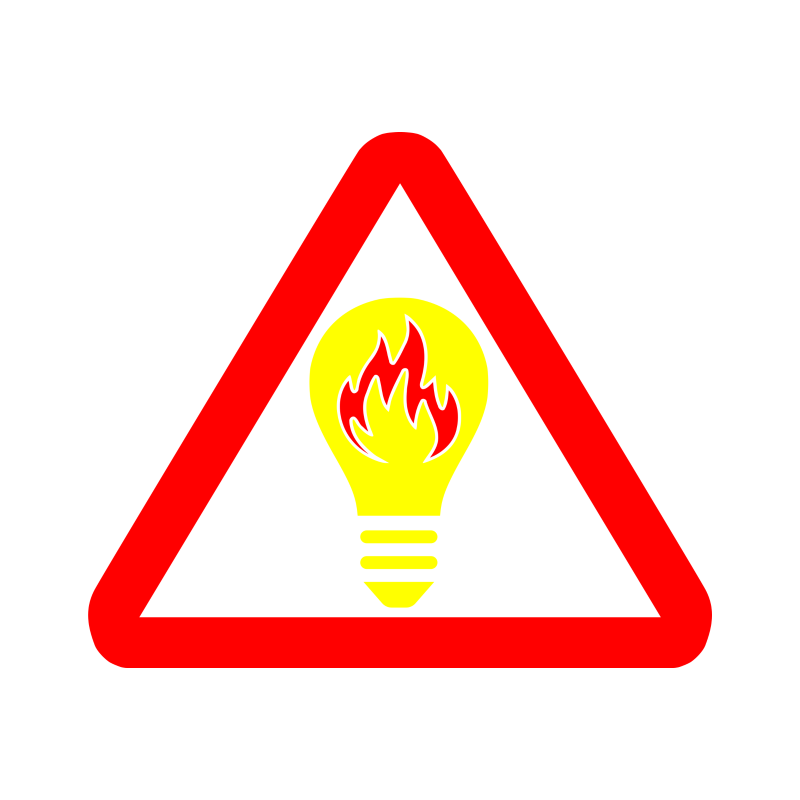Climate change is more than just an abstract global concept; it’s a reality that every individual can address starting right from their home. As a homeowner, you can take gradual steps towards reducing your carbon footprint and potentially save money along the way. In this post, we’ll discuss the journey towards a fully renewable home, from small initial steps to significant installations.
Contents
Initial Steps Towards a Greener Home
Before discussing major changes, let’s start with simpler actions you can take right now. You can begin by adjusting your daily energy habits. For instance, consider turning off your boiler when it’s not in use, particularly during warmer weather. This small change can contribute significantly to reducing energy consumption.
When it comes to cooking, an induction hob is a more energy-efficient choice than traditional gas or electric hobs. Induction hobs heat the cookware directly, which means less heat is wasted in warming up the air around the pot.
Maximising Energy Efficiency with Insulation
Once you’ve adjusted your energy habits, the next step is to optimise your home’s insulation. Good insulation is key to conserving energy, with options ranging from internal insulating plasterboard and cavity insulation, to external wall insulation. Insulating your loft can also prevent substantial heat loss, helping to keep your home warm with less energy.
Solar Panels and Wind Generators
After enhancing your home’s energy efficiency, you can then consider generating your own electricity with solar panels or wind generators. Solar panels can be installed on your roof to convert sunlight into electricity, while wind generators can harness wind power if your location permits.
The Role of Heat Pumps
Heat pumps can replace conventional boilers for heating your home. These devices extract heat from the ground or air, and then increase its temperature to heat your home, providing an energy-efficient solution for colder months.
Home Backup Batteries: Immediate Cost Savings and Power Security
One significant change that homeowners can consider immediately is installing home backup batteries. These devices store excess energy generated from your solar panels or wind generator for use when these systems aren’t producing energy.
But even before you install solar panels or wind generators, backup batteries can lead to savings. For most people, electricity is significantly cheaper during off-peak hours, usually overnight. By charging a home backup battery during these off-peak periods, you can then use the stored energy during peak times, reducing your reliance on the grid when electricity costs are highest.
Beyond cost savings, backup batteries also provide an additional layer of security. In the event of a blackout, you’ll have a personal power supply to keep your lights on and your home running smoothly.
Looking at the Return on Investment
While transitioning to a fully renewable home may require an upfront investment, the potential long-term savings on energy bills and increase in property value make it a worthwhile venture. Moreover, you may be eligible for government grants or incentives to help offset initial costs, depending on your location.
Starting your journey towards a fully renewable home might seem daunting, but remember, every little step makes a difference. With gradual changes and mindful energy habits, your efforts towards building a more sustainable planet can start right at home. The path to a greener future begins with each one of us, one solar panel and wind turbine at a time.
